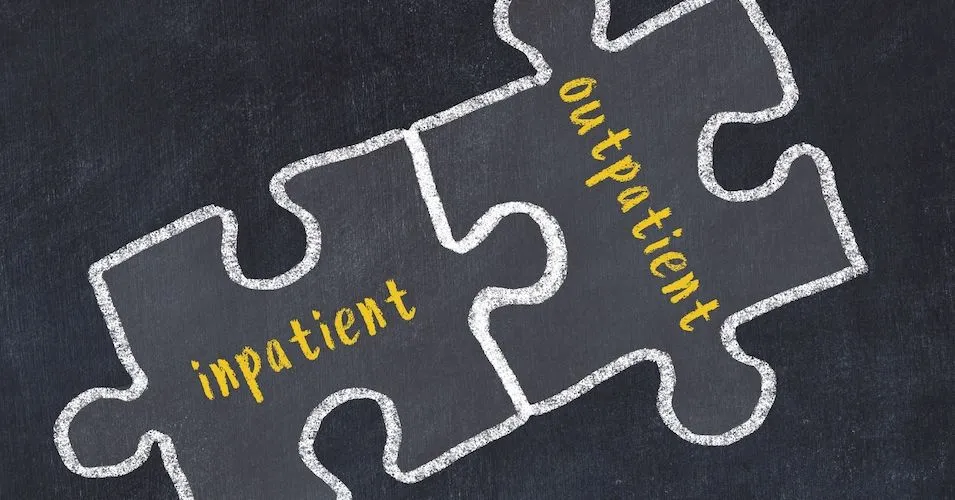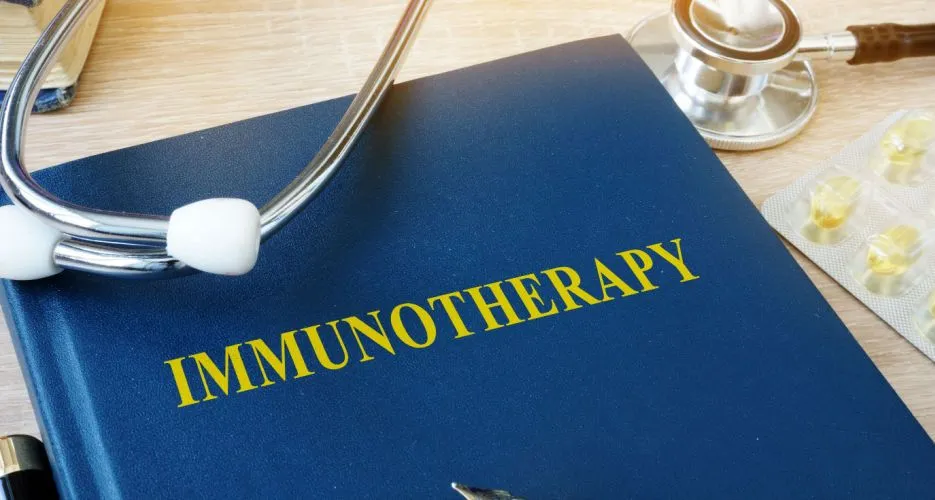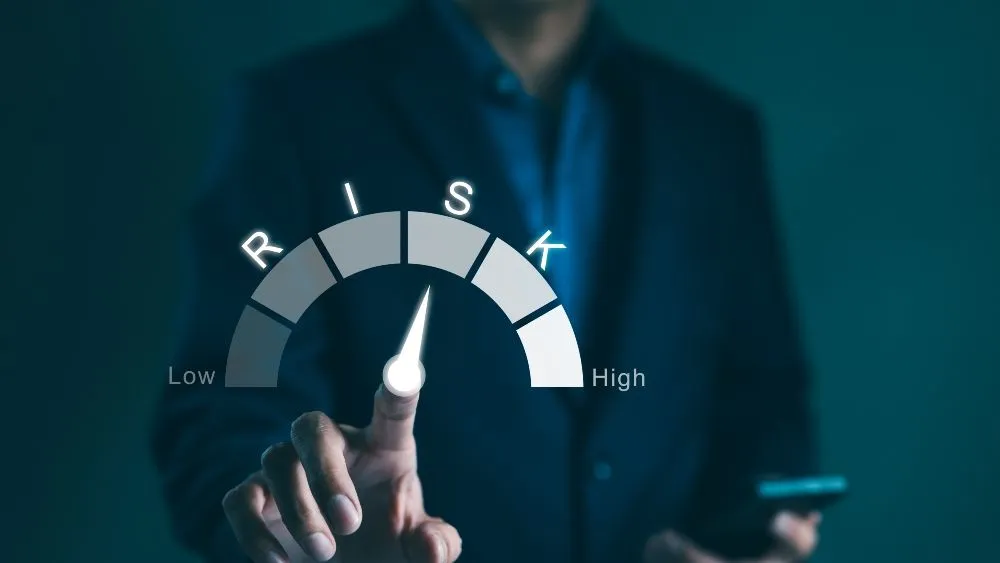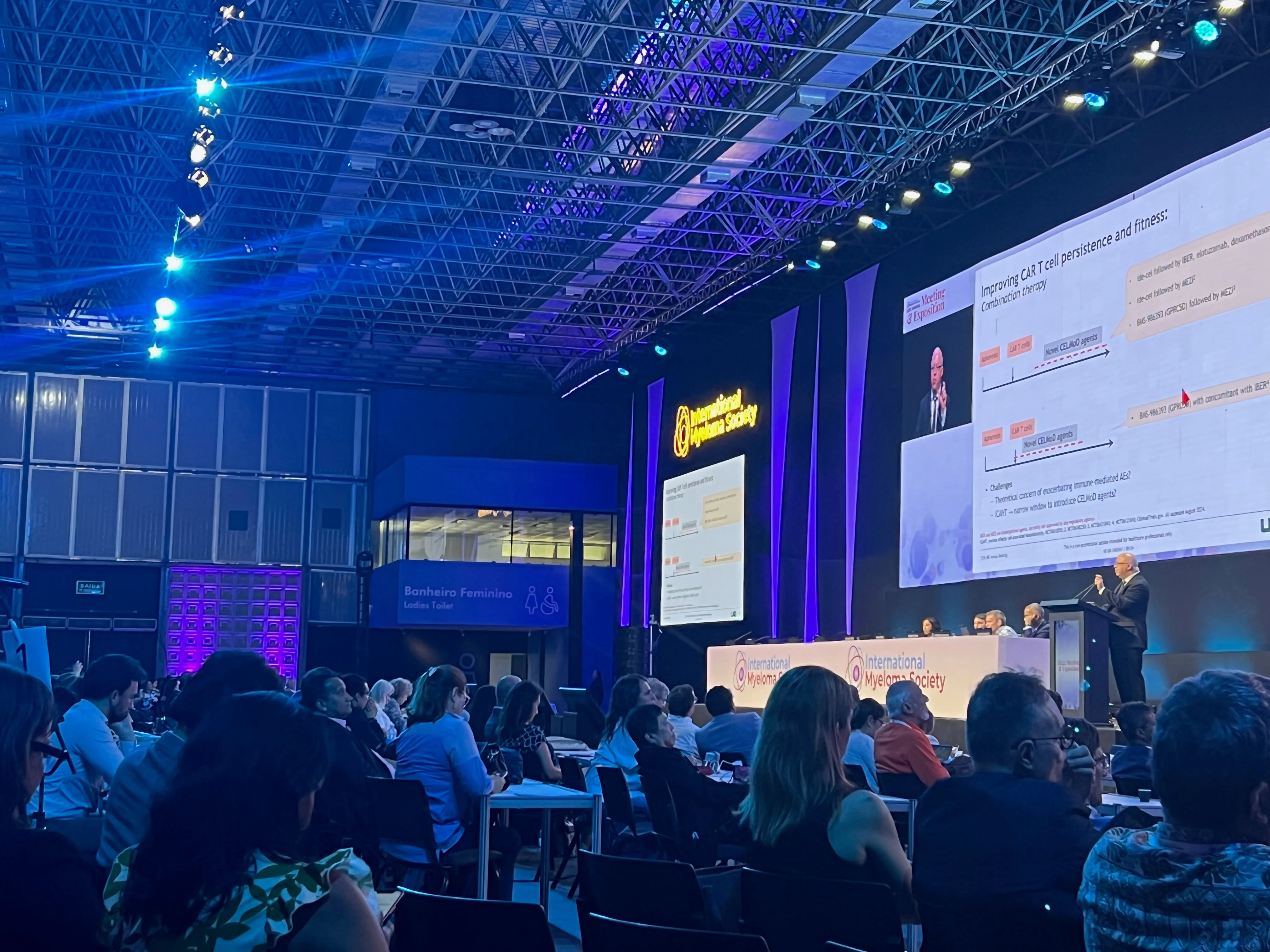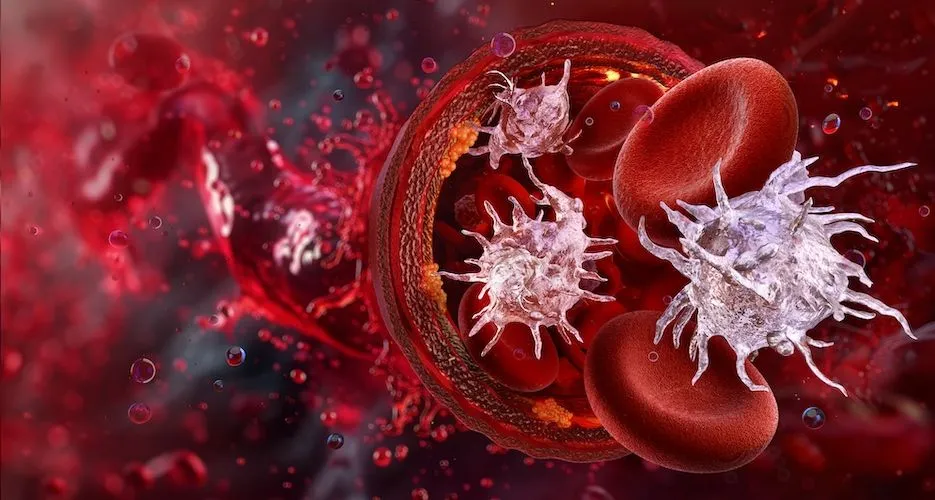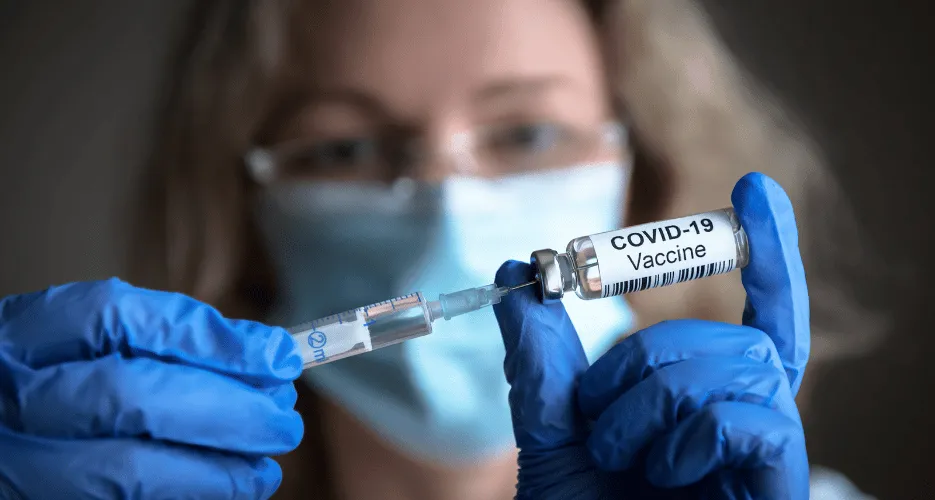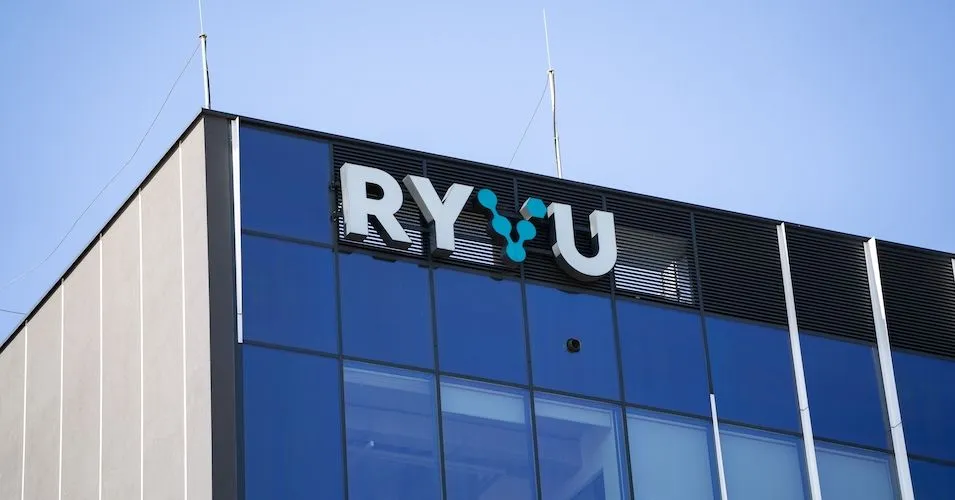What’s Better for High-Risk Multiple Myeloma? Cilta-cel vs Standard of Care

We had the privilege of interviewing myeloma specialist Dr. Luciano Costa from the University of Alabama, Birmingham, about his presentation at ASCO 2024. He shared important updates from the CARTITUDE-4 trial , which is the study that supported the approval of ciltacabtagene autoleucel (cilta-cel, Carvykti, Johnson & Johnson).
What is Functional High-Risk Multiple Myeloma?
Functional high-risk myeloma refers to a group of patients who, unfortunately, can only be detected after progressing from the first-line therapy and is linked to a poor prognosis. Patients with functional high-risk myeloma are those who have relapsed within 18 months of treatment and/or within 12 months of the first autologous stem cell transplantation.
Are CAR T Cells a Better Option for Patients with Functional High-Risk Myeloma?
The CARTITUDE-4 study (NCT04181827) included patients who have previously received 1 to 3 prior lines of therapy, including a proteasome inhibitor like bortezomib and an immunomodulatory drug like pomalidomide, and who are refractory (whose disease stop responding) to lenalidomide. To learn more about the CARTITUDE-4 study design and results, read our previous article ‘The Outstanding Results of Cilta-Cel in the CARTITUDE-4 Study’.
For this subanalysis, they selected 79 patients with only 1 prior line of therapy and functional high-risk myeloma, who were treated with cilta-cel or the standard of care (three-drug combination).
What Are the Results of Cilta-Cel in Functional High-Risk Myeloma?
The study's key findings suggest that cilta-cel could offer better outcomes and has a manageable safety profile, making it a potential option to discuss with healthcare providers.
- Overall response to treatment: Cilta-cel significantly outperformed standard care, with significantly higher numbers of patients responding to treatment and achieving deep remissions (67% achieved a complete response or better compared to 38% with the standard of care).
- Progression-Free Survival (PFS): Patients with functional high-risk myeloma treated with cilta-cel showed a 73% reduced risk of disease progression or death, with 77% of patients still in response one year after (compared to 49% of patients in remission with the standard of care).
Is Cilta-Cel Safe for Patients with Only One Prior Line of Therapy?
Like any treatment, cilta-cel comes with potential side effects, including low blood counts, cytokine release syndrome, and neurotoxicity. However, these side effects were relatively low, especially when compared to patients treated at later stages of their disease. For patients with one prior line of therapy, the toxicity levels were similar to those seen in patients with later lines of therapy.
Continue learning about the safety profile of CAR T-cell therapy with Healthtree University:
What are the side effects of CAR T-cell Therapy?
Unlock Personal Insights Into Your Diagnosis for Free with HealthTree Cure Hub!
By securely connecting your electronic health records, HealthTree Cure Hub allows you to discover treatment options, find a specialist, keep track of your disease, and so much more! Sign up for a free patient account and become a Cure Contributor today.
Sources:
- Ciltacabtagene autoleucel vs standard of care in patients with functional high-risk multiple myeloma: CARTITUDE-4 subgroup analysis
- A Study Comparing JNJ-68284528, a CAR-T Therapy Directed Against B-cell Maturation Antigen (BCMA), Versus Pomalidomide, Bortezomib and Dexamethasone (PVd) or Daratumumab, Pomalidomide and Dexamethasone (DPd) in Participants With Relapsed and Lenalidomide-Refractory Multiple Myeloma (CARTITUDE-4)
We had the privilege of interviewing myeloma specialist Dr. Luciano Costa from the University of Alabama, Birmingham, about his presentation at ASCO 2024. He shared important updates from the CARTITUDE-4 trial , which is the study that supported the approval of ciltacabtagene autoleucel (cilta-cel, Carvykti, Johnson & Johnson).
What is Functional High-Risk Multiple Myeloma?
Functional high-risk myeloma refers to a group of patients who, unfortunately, can only be detected after progressing from the first-line therapy and is linked to a poor prognosis. Patients with functional high-risk myeloma are those who have relapsed within 18 months of treatment and/or within 12 months of the first autologous stem cell transplantation.
Are CAR T Cells a Better Option for Patients with Functional High-Risk Myeloma?
The CARTITUDE-4 study (NCT04181827) included patients who have previously received 1 to 3 prior lines of therapy, including a proteasome inhibitor like bortezomib and an immunomodulatory drug like pomalidomide, and who are refractory (whose disease stop responding) to lenalidomide. To learn more about the CARTITUDE-4 study design and results, read our previous article ‘The Outstanding Results of Cilta-Cel in the CARTITUDE-4 Study’.
For this subanalysis, they selected 79 patients with only 1 prior line of therapy and functional high-risk myeloma, who were treated with cilta-cel or the standard of care (three-drug combination).
What Are the Results of Cilta-Cel in Functional High-Risk Myeloma?
The study's key findings suggest that cilta-cel could offer better outcomes and has a manageable safety profile, making it a potential option to discuss with healthcare providers.
- Overall response to treatment: Cilta-cel significantly outperformed standard care, with significantly higher numbers of patients responding to treatment and achieving deep remissions (67% achieved a complete response or better compared to 38% with the standard of care).
- Progression-Free Survival (PFS): Patients with functional high-risk myeloma treated with cilta-cel showed a 73% reduced risk of disease progression or death, with 77% of patients still in response one year after (compared to 49% of patients in remission with the standard of care).
Is Cilta-Cel Safe for Patients with Only One Prior Line of Therapy?
Like any treatment, cilta-cel comes with potential side effects, including low blood counts, cytokine release syndrome, and neurotoxicity. However, these side effects were relatively low, especially when compared to patients treated at later stages of their disease. For patients with one prior line of therapy, the toxicity levels were similar to those seen in patients with later lines of therapy.
Continue learning about the safety profile of CAR T-cell therapy with Healthtree University:
What are the side effects of CAR T-cell Therapy?
Unlock Personal Insights Into Your Diagnosis for Free with HealthTree Cure Hub!
By securely connecting your electronic health records, HealthTree Cure Hub allows you to discover treatment options, find a specialist, keep track of your disease, and so much more! Sign up for a free patient account and become a Cure Contributor today.
Sources:
- Ciltacabtagene autoleucel vs standard of care in patients with functional high-risk multiple myeloma: CARTITUDE-4 subgroup analysis
- A Study Comparing JNJ-68284528, a CAR-T Therapy Directed Against B-cell Maturation Antigen (BCMA), Versus Pomalidomide, Bortezomib and Dexamethasone (PVd) or Daratumumab, Pomalidomide and Dexamethasone (DPd) in Participants With Relapsed and Lenalidomide-Refractory Multiple Myeloma (CARTITUDE-4)

about the author
Jimena Vicencio
Jimena is an International Medical Graduate and a member of the HealthTree Writing team. She has a passion for languages and is currently learning Japanese. In her free time, she loves playing with her cats. Jimena is also pursuing a bachelor's degree in journalism.
More on Conferences
Trending Articles
Get the latest thought leadership on your Blood Cancer delivered straight to your inbox
Subscribe to the weekly newsletter for news, stories, clinical trial updates, and helpful resources and events with cancer experts.

